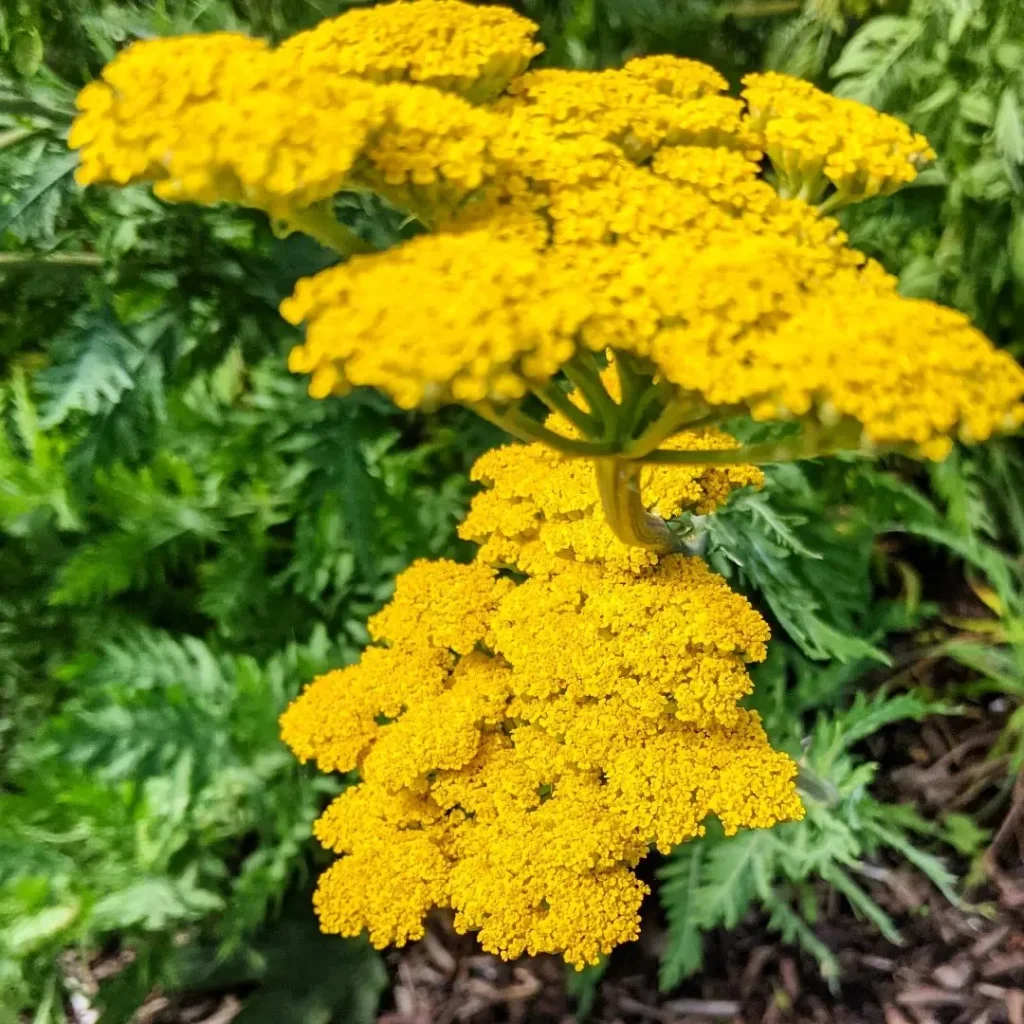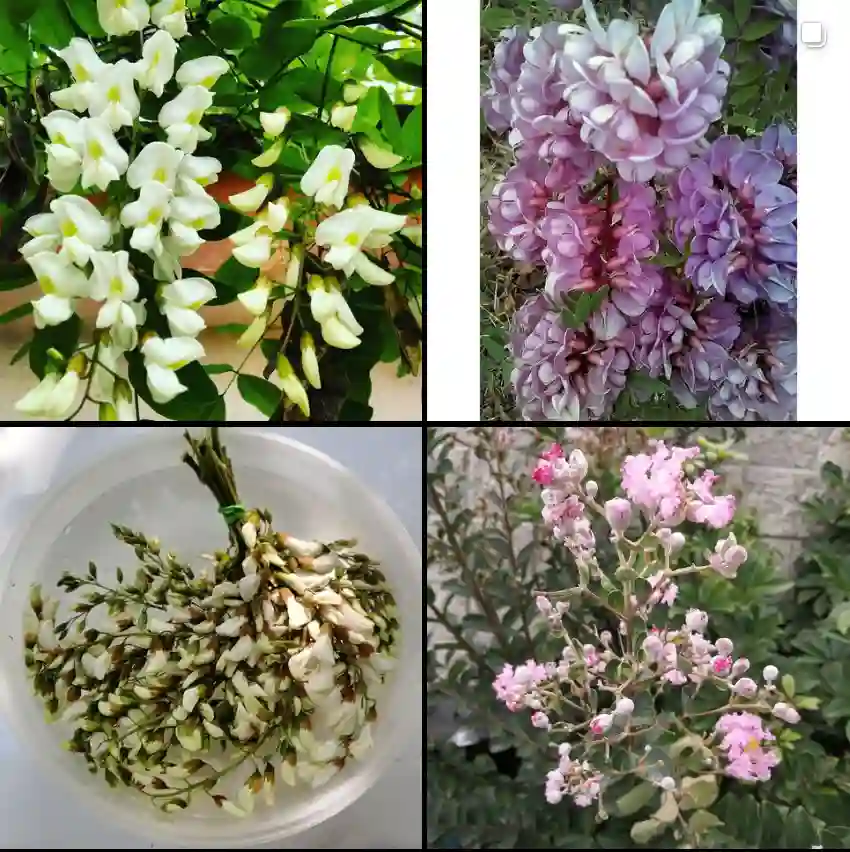Brachychiton: A Deep Dive with Ferb Vu
The plant world is a vast and fascinating place, full of diverse and intriguing species. One genus that has always captured my attention is Brachychiton, a group of trees and shrubs native to Australia and New Guinea. These plants are known for their unique forms, beautiful flowers, and ability to thrive in arid conditions. Join me as we explore the world of Brachychiton, delving into its characteristics, species, and my own personal experiences with these captivating plants.
What Makes Brachychiton Special?
Brachychiton, derived from the Greek words “brachys” (short) and “chiton” (tunic), refers to the coating on the seeds. This genus belongs to the Malvaceae family, which is part of the larger Malvales order. Many Brachychiton species are known for their pachycaul nature, meaning they have unusually thick trunks for water storage, an adaptation to their often dry environments. This gives them a distinctive, almost bottle-like appearance, earning some species the common name “bottle tree.”
Beyond their unique forms, Brachychitons are also admired for their flowers. These can range from vibrant reds and pinks to creamy whites and yellows, often appearing in clusters. The bell-shaped flowers are a sight to behold, attracting various pollinators like birds and insects. The leaves of Brachychiton species also display considerable diversity. Some have simple, lance-shaped leaves, while others exhibit deeply lobed or palmate foliage, reminiscent of maple leaves.
A Diverse Genus: Brachychiton Species
The genus Brachychiton comprises around 40 species. Here are some of the most notable ones:
- Brachychiton acerifolius: Commonly known as the Illawarra flame tree, this species is famous for its spectacular display of crimson-red bell-shaped flowers. It’s a deciduous tree, shedding its leaves before the flowering season, creating a truly breathtaking sight. Plant FAQs: Brachychiton Acerifolius – Flame Tree
- Brachychiton rupestris: The Queensland bottle tree, aptly named for its swollen trunk that resembles a bottle. This iconic Australian tree is a symbol of resilience and adaptation to harsh conditions. Plant FAQs: Brachychiton Rupestris – Queensland Bottle Tree
- Brachychiton populneus: The kurrajong, a versatile tree with a wide distribution. It’s known for its adaptability and tolerance to various soil types and climates. Plant FAQs: Brachychiton Populneus
- Brachychiton discolor: The lacebark tree, named for its smooth, mottled bark that peels in flakes. It produces beautiful pink or white bell-shaped flowers.
- Brachychiton bidwillii: The dwarf kurrajong, a smaller species with attractive pink flowers and rusty-colored hairs on its leaves and stems.
- Brachychiton acuminatus Guymer
- Brachychiton albidus Guymer
- Brachychiton × allochrous Guymer
- Brachychiton australis (Schott & Endl.) A.Terracc.
- Brachychiton × carneus Guymer
- Brachychiton carruthersii Müll.Arg.
- Brachychiton chillagoensis Guymer
- Brachychiton chrysocarpus Cowie & Guymer
- Brachychiton collinus Guymer
- Brachychiton compactus Guymer
- Brachychiton diversifolius R.Br.
- Brachychiton × excellens Guymer
- Brachychiton fitzgeraldianus Guymer
- Brachychiton garrawayae (F.M.Bailey) Guymer
- Brachychiton grandiflorus Guymer
- Brachychiton gregorii F.Muell.
- Brachychiton guymeri J.A.Bever., Fensham & P.I.Forst.
- Brachychiton × hirtellus Guymer
- Brachychiton incanus R.Br.
- Brachychiton × incarnatus Guymer
- Brachychiton megaphyllus Guymer
- Brachychiton muellerianus Guymer
- Brachychiton multicaulis Guymer
- Brachychiton obtusilobus Guymer
- Brachychiton paradoxus Schott & Endl.
- Brachychiton spectabilis Guymer
- Brachychiton tridentatus Guymer
- Brachychiton tuberculatus (W.Fitzg.) Guymer
- Brachychiton × turgidulus Guymer
- Brachychiton velutinosus Kosterm.
- Brachychiton × vinicolor Guymer
- Brachychiton viridiflorus (W.Fitzg.) Guymer
- Brachychiton viscidulus (W.Fitzg.) Guymer
- Brachychiton vitifolius (F.M.Bailey) Guymer
- Brachychiton xanthophyllus Guymer
My Personal Connection to Brachychiton
My interest in Brachychiton began during my childhood in Vietnam. While the genus is native to Australia, some species, like Brachychiton populneus, have been introduced to other parts of the world, including Vietnam. I remember being fascinated by the large, bulbous trunk of a kurrajong tree near my home. It seemed like something out of a fairytale, a tree that could store water within its own body.
As I grew older and my knowledge of plants expanded, my appreciation for Brachychiton deepened. I began to notice the subtle differences between species, the variations in leaf shape, flower color, and bark texture. I was drawn to their resilience, their ability to thrive in challenging environments.
Today, I continue to be fascinated by Brachychiton. I admire their unique beauty, their ecological importance, and their cultural significance in Australia. I believe these plants have much to teach us about adaptation, resilience, and the interconnectedness of life.
Brachychiton in Cultivation
Many Brachychiton species are popular in cultivation due to their ornamental value and adaptability. They are relatively low-maintenance trees that can tolerate drought conditions and a range of soil types. Their unique forms and beautiful flowers make them a striking addition to gardens, parks, and streetscapes.
However, it’s important to consider the mature size of the tree when planting Brachychiton. Some species, like the Illawarra flame tree, can grow quite large, so they need ample space to thrive. Proper pruning can help maintain their shape and size, and it’s essential to provide adequate water during the establishment phase.
The Future of Brachychiton
As the world faces increasing environmental challenges, the resilience and adaptability of Brachychiton become even more significant. These trees can play a vital role in urban forestry, providing shade, reducing erosion, and supporting biodiversity. Their drought tolerance makes them a valuable resource in arid and semi-arid regions.
Furthermore, research into the potential uses of Brachychiton is ongoing. Some species have traditionally been used for food and fiber by Indigenous Australians, and scientists are exploring the potential of these plants for medicinal and industrial applications.
In conclusion, the genus Brachychiton represents a fascinating group of plants with unique characteristics, ecological importance, and cultural significance. Their beauty, resilience, and adaptability make them a valuable asset in a changing world. As we continue to learn more about these remarkable trees, we can appreciate their role in the natural world and their potential to benefit humanity.
If i die, water my plants!



